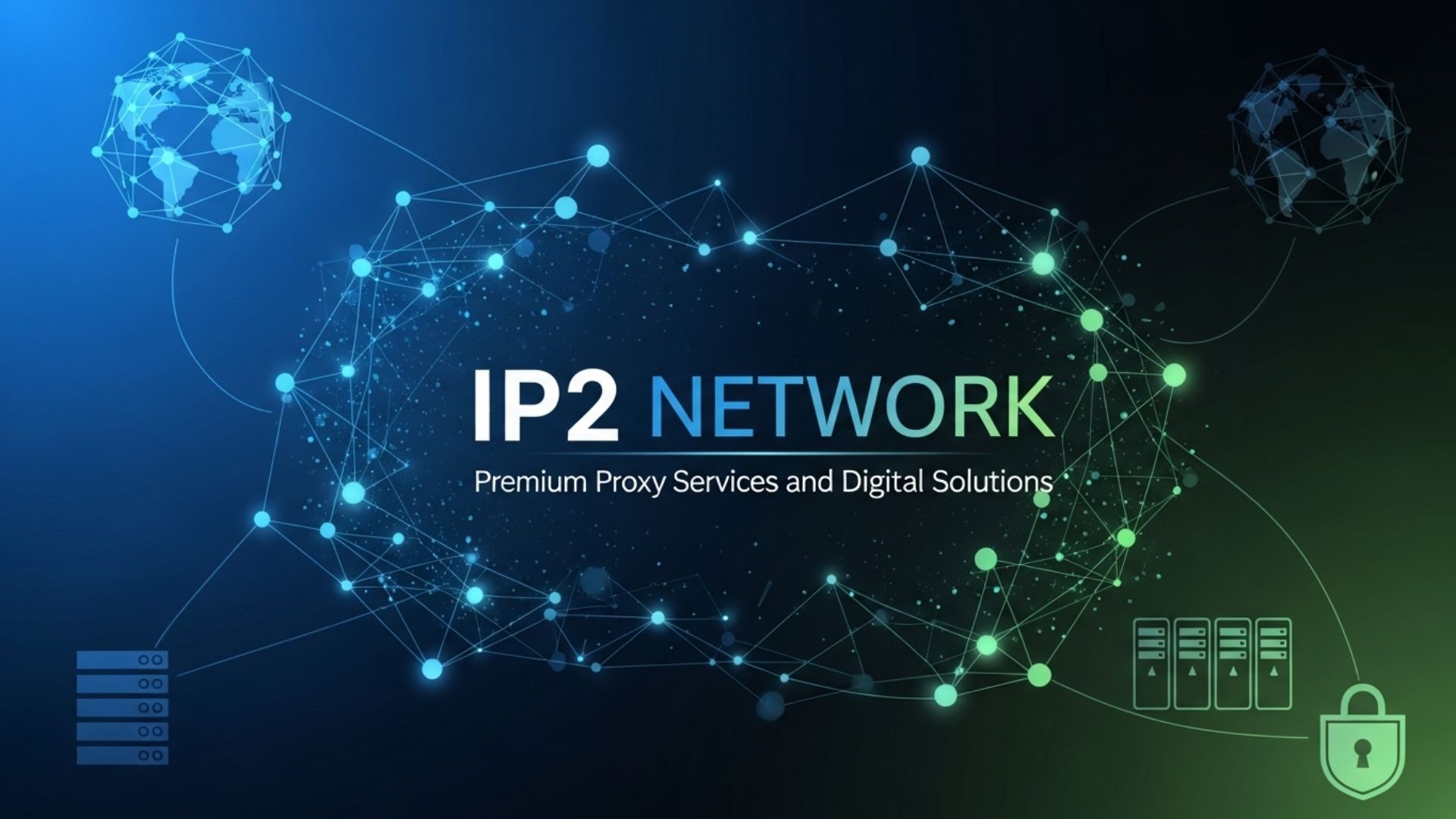As the digital world continues to expand, our dependency on seamless, fast, and reliable internet connectivity has never been more critical. From remote work and cloud computing to smart homes and autonomous vehicles, every aspect of our lives increasingly relies on being connected. But traditional internet infrastructure is beginning to show its age—struggling to meet the demands of modern data-heavy applications.
Enter IP2 Networks—a transformative leap forward in how we connect online. Promising to revolutionize the very fabric of internet infrastructure, IP2 Networks are poised to change not just the speed of our connections, but the way our devices communicate altogether.
What Are IP2 Networks?
At its core, IP2 Networks represent a next-generation internet protocol designed to overcome the limitations of IPv4 and even IPv6. It’s not just an upgrade—it’s a reimagining of how devices connect and interact on the internet.
How IP2 Differs from Traditional Protocols
- Seamless Device Interactions: Traditional protocols rely heavily on centralized servers and rigid routing paths. IP2 Networks, however, support dynamic routing and intelligent networking, allowing devices to connect directly and securely.
- Enhanced Scalability: While IPv4 ran out of address space and IPv6 aimed to solve it, IP2 takes it further by optimizing address management and reducing overhead.
- Built-In Security: IP2 Networks integrate encryption and authentication directly into the protocol layer—no need for separate VPNs or third-party firewalls.
- Edge-Friendly Architecture: Perfectly suited for IoT and edge computing environments, IP2 enables low-latency communication even in complex device ecosystems.
Why Traditional Networks Fall Short
Despite the advances of the past two decades, today’s internet infrastructure still faces key challenges:
1. Latency and Speed Limitations
Streaming 4K content, online gaming, and real-time applications demand minimal lag. Traditional networks often route data through inefficient paths, increasing latency.
2. Security Concerns
Cyberattacks are more frequent and more sophisticated. Traditional IP protocols weren’t built with today’s threat landscape in mind, forcing organizations to patch holes with expensive security solutions.
3. Device Overload
With billions of devices connected globally, existing networks face bottlenecks, inconsistent connections, and scalability issues.
This is where IP2 Networks promise to deliver a quantum leap.
Key Benefits of IP2 Networks
Let’s explore why tech experts and developers are hailing IP2 Networks as the next big thing in connectivity.
1. Ultra-Fast Connections
IP2 minimizes routing steps and enables peer-to-peer communication between devices, which means less congestion and faster data transfer.
2. Intelligent Routing
Traditional protocols use static routing tables. IP2 employs AI-enhanced algorithms to choose the fastest, safest, and most efficient path in real time.
3. Robust Built-In Security
Data privacy is no longer optional. With IP2, all communications are end-to-end encrypted by default, and network authentication ensures only verified devices can connect.
4. Self-Healing Network Capabilities
IP2 Networks can detect issues and reroute traffic instantly—ensuring minimal downtime and maximum uptime. This is especially crucial for industries like healthcare, finance, and autonomous transportation.
5. Future-Proofing the Internet
Unlike IPv6, which took decades to roll out and still sees slow adoption, IP2 Networks are being developed with modular compatibility—allowing a gradual and seamless transition from older protocols.
Applications of IP2 Networks
The real power of IP2 Networks lies in its wide range of practical applications across industries:
Smart Cities
With sensors, cameras, traffic systems, and public services all needing to be connected, IP2 provides a secure and scalable backbone for urban digital infrastructure.
Autonomous Vehicles
Self-driving cars need to communicate with traffic systems, other vehicles, and the cloud in real-time. IP2 ensures low-latency and ultra-reliable communication, crucial for safety.
Healthcare & Telemedicine
Hospitals and healthcare providers can transmit sensitive patient data securely and in real-time, enabling better remote diagnosis and treatment.
Finance & FinTech
Trading platforms and financial services depend on millisecond-level latency. IP2 offers the speed, security, and uptime required to support global markets.
Gaming & Entertainment
Real-time multiplayer games and VR environments benefit immensely from IP2’s low-latency architecture, delivering lag-free experiences for users.
Challenges Ahead for IP2 Networks
Despite its promise, the road to widespread IP2 adoption won’t be without hurdles:
Infrastructure Upgrade Costs
Switching to a new protocol involves investment in hardware, software, and training. While IP2 is designed to integrate with current systems, full adoption will take time.
Standardization
As a new protocol, IP2 must undergo rigorous testing and receive approval from global internet governance bodies. Standardization is essential for interoperability.
Awareness and Education
Widespread adoption will require tech professionals and companies to understand the benefits and capabilities of IP2—a process that can take years.
What the Future Holds
As we step into an era defined by artificial intelligence, connected devices, and real-time data, the demands on our internet infrastructure will only grow. Traditional networks simply weren’t built for this future.
IP2 Networks represent the first serious contender to reshape the internet from the ground up—not just making it faster or more secure, but smarter, more resilient, and truly global.
From smart cities and autonomous vehicles to the everyday smartphone user, the transition to IP2 could be as revolutionary as the shift from dial-up to broadband.
Conclusion
The evolution of the internet is at a crossroads. While IPv6 aimed to solve address scarcity, it didn’t reimagine how the network functions. IP2 Networks do.
With ultra-low latency, built-in encryption, AI-powered routing, and scalability for billions of devices, IP2 Networks aren’t just an upgrade—they’re a revolution.
If you’re a developer, network engineer, or business leader, now is the time to start exploring what IP2 can offer your digital ecosystem. Because the future of internet connectivity is already here—and it’s called IP2 Networks.
Quick Recap
| Feature | Benefit |
| Peer-to-peer communication | Faster, direct connections |
| Intelligent routing | Optimized speed and efficiency |
| Built-in encryption | Enhanced security and privacy |
| Self-healing networks | Greater reliability and uptime |
| Scalable architecture | Supports billions of devices |




